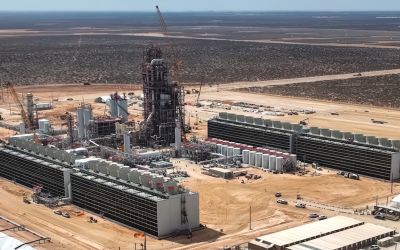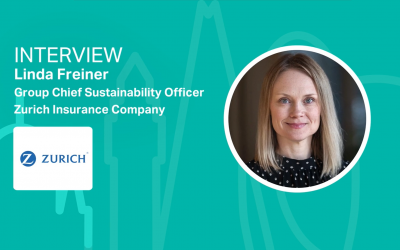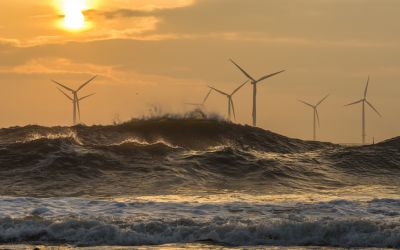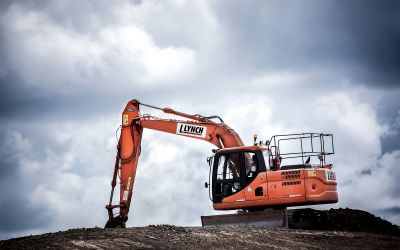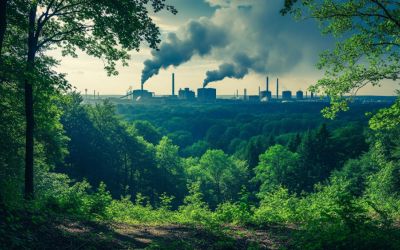Apple’s application to sell renewable electricity approved
The Federal Energy Regulatory Commission (FERC) has approved Apple’s application to sell their surplus renewable electricity at market rates in the US.
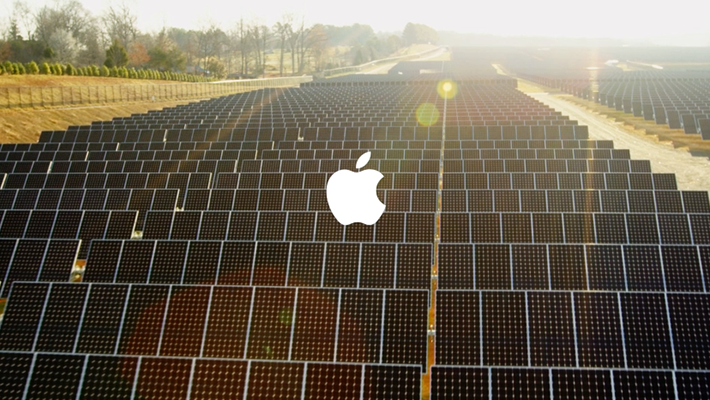
The Federal Energy Regulatory Commission (FERC) has approved Apple’s application to sell their surplus renewable electricity at market rates in the US.
Steve Rodgers, director in FERC’s Division of Electric Power, wrote in a letter to Apple’s legal counsel: “Based on your representations, Apple Energy meets the criteria for a Category 1 seller in all regions and is so designated”.
With 93 per cent of Apple’s global facilities running on renewable energy, the company will soon begin to sell electricity generated from solar panels and farms, hydrogen fuel cells and biogas facilities located across the company’s facilities.
Apple’s new energy branch, Apple Energy LLC, will sell-off excess electricity as part of a trade system to purchase “net-metred” energy during days where onsite solar generation is low.
According to the FERC filing, Apple holds positions in a number of solar properties including a 20 MW solar farm in Nevada, a 50 MW solar facility under construction in Arizona, two generating plants totalling 18 MW on its California campus, a long-term firm power purchase agreement with First Solar for 130 MW from a California solar farm under construction, and 67.5 MW of facilities in North Carolina.
Apple has followed the lead of other large corporations such as Google, who was granted market-based rate authority back in February 2010.
Kit Konolige, Bloomberg Intelligence analyst, explained Apple’s motives: “When you own power production facilities then you would typically want to have authority to sell power. It is indicative of a number of related trends that are lowering demand for power produced by utilities.”
In 23 countries, including the United States and China, Apple runs entirely on power generated from the sun, wind or water.
Apple’s continuous drive to champion renewable energy has seen it top a list of more than 150 companies to receive the first ‘A+ grade’ from a sustainability analysis group.

